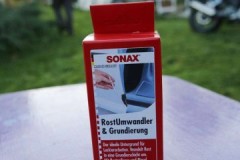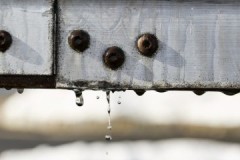Rating of effective rust converters with zinc: rules of use, prices, customer opinions
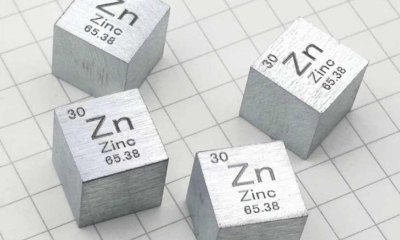 Products belonging to the category of zinc converters help to cope with rusty deposits and protect the metal surface from corrosion for a long time.
Products belonging to the category of zinc converters help to cope with rusty deposits and protect the metal surface from corrosion for a long time.
The active effect of the reagent is explained by its complex composition, in which the zinc component plays an important role.
In order to successfully select and use a converter, it is necessary to objectively compare analogues and not violate technology when cleaning the product.
From this article you will learn what a rust converter with zinc is, how the product works, how to use it, and what consumer reviews are.
Content
What is it, how does it work?
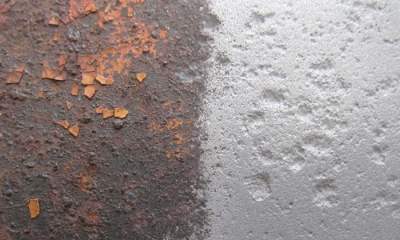 Rust converters with zinc are specially developed products that contain in their formula not only substances that react with iron oxides, but also zinc salts.
Rust converters with zinc are specially developed products that contain in their formula not only substances that react with iron oxides, but also zinc salts.
The role of the former can be played by acids (for example, orthophosphoric). Under the influence of active components, zinc enters into a chemical reaction with oxygen and turns into an insoluble inert compound.
The effect of galvanizing is based on the chemical nature of metals. Zinc has a higher charge compared to iron. This explains its greater chemical activity: it reacts faster with electrolytes.
Externally, the reaction product looks like a thin film covering the surface of the product. It is this that protects the metal from moisture and new rust.
Some converters also contain manganese as an additional ingredient, which strengthens the protective film layer.
Galvanized coatings, as well as monocomponent converters, form a loose layer on the metal surface that must be removed. But at the same time, the zinc inhibitor forms an additional primer coating underneath, which is not present after acidic and neutral cleaners.
How to use galvanizing?
Converters with zinc used for cleaning and galvanizing:
- cars,
- metal gratings,
- fences,
- equipment,
- piece products.
However, for all zinc products there is a general scheme of use:
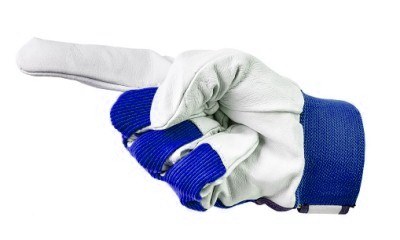 The thick layer of oxides is cleaned off mechanically.
The thick layer of oxides is cleaned off mechanically.- Degrease the treated area.
- The bottle with the converter is shaken.
- Apply the product to the rusty surface.
- Maintain the time prescribed according to the instructions.
- Peel the top loose layer to a protective film.
- Cover the metal with primer and putty.
- Paint the treated surface in a suitable color.
Most converters are designed to operate at positive temperatures (from +10 to +30 degrees).
Experts recommend using converters with zinc if rust is weak or absent altogether. Galvanized coatings have proven to be excellent preservatives and corrosion inhibitors. That's why they are good for cleansing and ideal for prevention.
Which to choose?
The modern market of chemical products designed to protect against rust is represented by a wide range. To determine the best remedy, it is recommended to consider several points.
Another important criterion when choosing is ease of use.. Converters may have:
- liquid,
- aerosol,
- gel,
- pasty consistency.
 The choice should be made based on the quality, shape and area of the surface to be cleaned.
The choice should be made based on the quality, shape and area of the surface to be cleaned.
If you need to treat a hard-to-reach area, an aerosol comes to the rescue. This product is convenient to apply if there is no possibility of direct contact with the surface.
When cleaning a large horizontal surface, gels and liquids are advisable.. If the rust has a slight spread or is localized on an inclined surface, then it is better to use a paste or gel.
Manufacturers report the properties of the converters in the description on the packaging. However, for the sake of objectivity, it is recommended to take into account reviews from consumers who have already tested the products in practice.
Converters are distinguished not only by their efficiency and ease of use, but also by their price level. The price-quality ratio should be optimalso that the invested funds are repaid by the result and period of anti-corrosion protection.
TOP 5 best products and reviews about them
Below are the most popular zinc rust converters:
ASTROhim
Formula includes:
- orthophosphoric acid,
- inhibitors,
- zinc.
The film that forms after processing the product promotes stronger adhesion of the primer and paint to the surface.
The average price for a bottle (500 ml) is 120 rubles. The majority of users (85%) recommend ASTROhim for use. The advantage is the low price. The effect is rated “excellent.”
The only inconvenience is the pungent odor that is felt after applying the product.
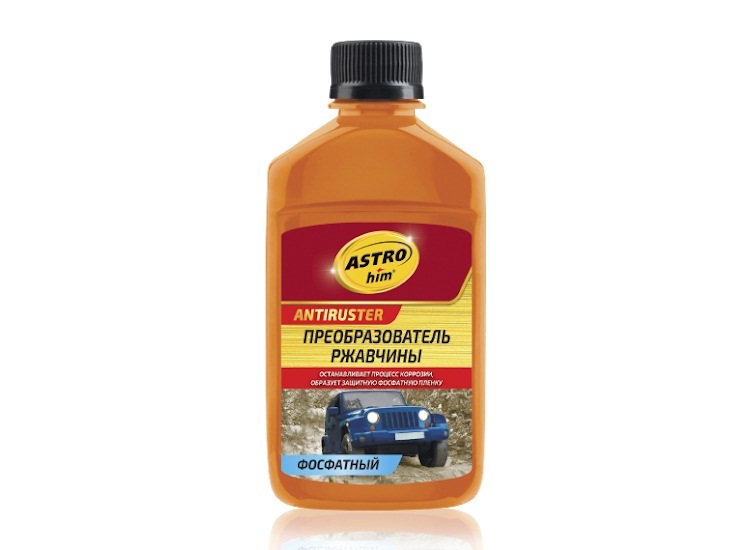
Hi-Gear
The chemical is presented in aerosol form. It features deep penetration, long-lasting protection, and good adhesion. The converter is popular among car enthusiasts and auto repair professionals.
A 255 ml bottle costs an average of 600 rubles. Reviews confirm the high efficiency of Hi-Gear. The product does not damage the paint when it comes into contact with it. The formed film lasts 3-4 months.
The disadvantages include the extremely high price.
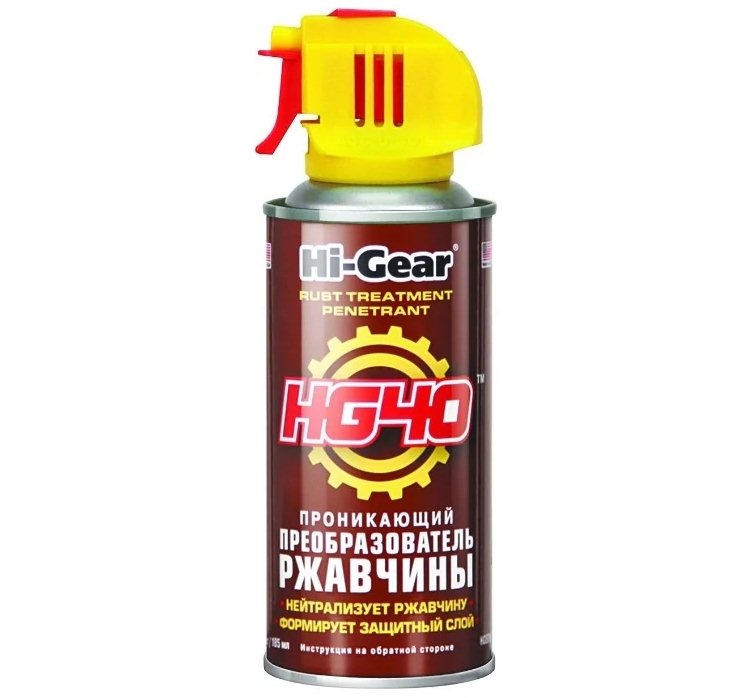
Chemist
The liquid converter with orthophosphoric acid forms a durable protective layer of light gray color. When processing painted surfaces, you should be careful, as the strong composition can corrode paint and varnish. Suitable for processing metal and ceramic products.
A 500 ml bottle costs an average of 80 rubles. A liter bottle with a spray is estimated at 200 rubles.
More than half of users (73%) recommend Khimik for use. Reviews note good results, economical consumption, reasonable price. The disadvantages include the toxicity of the composition.
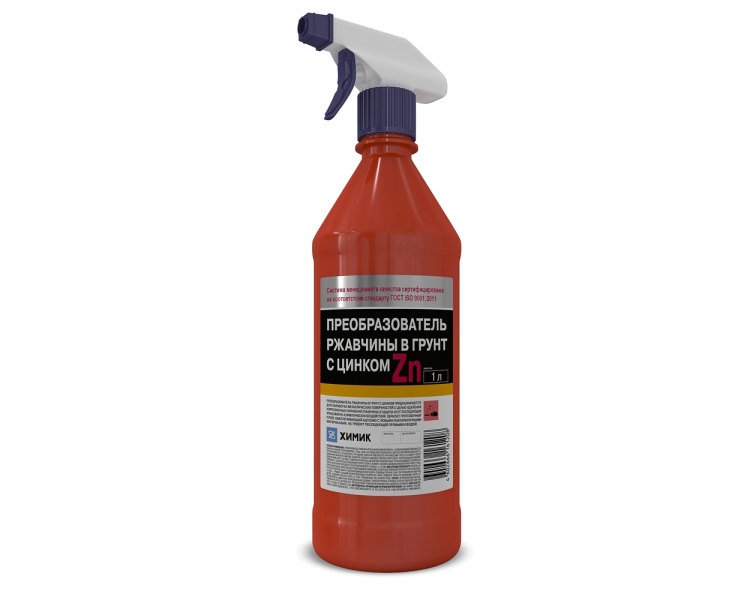
LAVR Rust remover
The liquid product of the “10 minutes” series is suitable for treating surfaces that have been subjected to severe corrosion. LAVR is characterized by rapid penetration into the rust layer.
The formula is made up of:
- mixtures of organic and inorganic acids,
- NSAS,
- phosphates,
- phosphonates.
A 500 ml bottle with a trigger costs an average of 200 rubles. There is practically no criticism in the reviews. The only note is possible irritation of the skin of the hands if gloves are not worn. LAVR's effectiveness, ease of use, reasonable price, and cost-effectiveness are unanimously recognized.
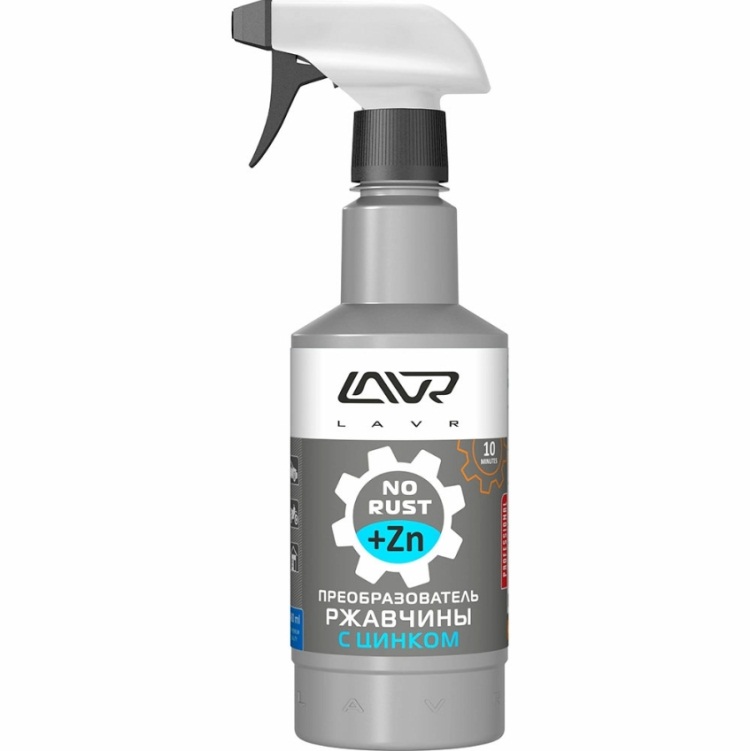
AUTOPROFI
The composition of the liquid product includes:
- NSAS,
- orthophosphoric acid,
- butanol,
- inhibitors,
- active additives.
An AUTOPROFI bottle (500 ml) with a spray nozzle sells for 230 rubles. Reviews emphasize that the converter copes with the task of removing oxides. Zinc remains in the form of whitish stains.
But AUTOPROFI does not reach the “galvanization” category. As a minus, the label is also poorly informative: the exposure time is not indicated.
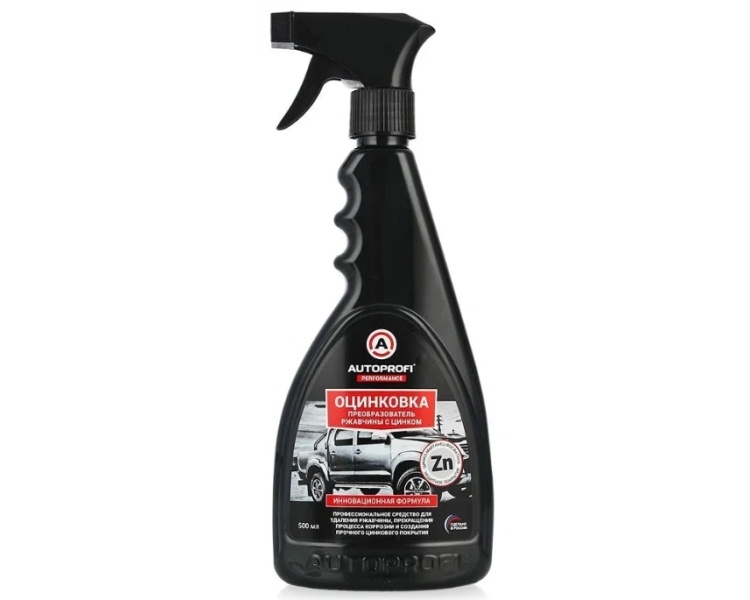
Where and for how much to buy?
Zinc converters are not a scarce commodity. They are easy to find in automotive and hardware markets, and in large hardware stores. An even easier way to purchase the product is to order it from an online store.
The cost of one package is determined by the brand, the volume of the bottle, and the pricing policy of the outlet. At the same time, budget is not always associated with unsatisfactory quality. The numbers on the price tags vary from 80 rubles to 600.
Tips for use
Anti-corrosion agents with zinc are convenient and effective to use. But to eliminate possible problems and achieve an ideal result, It is advisable to remember and put into practice the following tips:
- Before applying galvanization to an expensive product, it is advisable to test it.
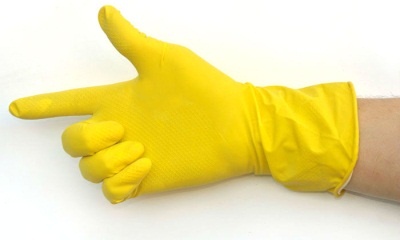 Most transducers require the use of gloves.
Most transducers require the use of gloves.- Treatment must be carried out outdoors or in a ventilated area.
- To stop corrosion, the entire surface must be treated.
- Remains of the converter and the loose layer are removed with a brush without metal bristles.
- If necessary, the processing of the metal with the converter is repeated.
- For preventative purposes, after some time the product should be galvanized again.
You will find all the most important and useful information about rust converters in this section.
Conclusion
Modern zinc converters are an effective solution for protecting metal surfaces from oxidation. A wide range of galvanized coatings allows you to choose the most suitable option for a particular situation.
At the same time, in order to obtain a satisfactory result, it is important to follow the processing technology and additional recommendations for protecting the metal.

